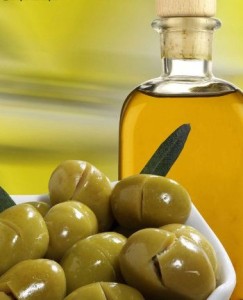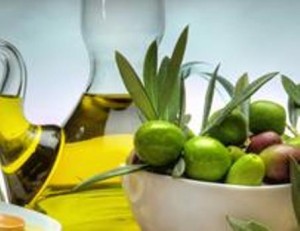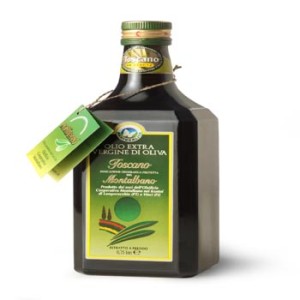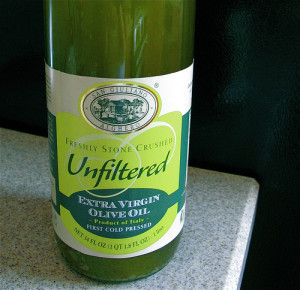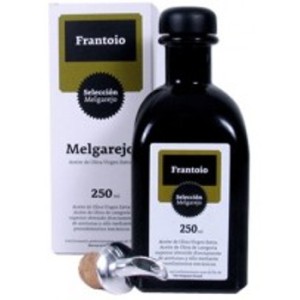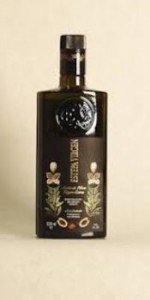Biodynamic farming is a spiritual-ethical-ecological approach to agriculture, meals production and nourishment. Biodynamic farming was first developed in the early Twenties based on the religious ideas and practical suggestions of the Austrian writer, instructor and public capitalist Dr. Rudolf Steiner (1861-1925), whose viewpoint is called “anthroposophy.” Today, the biodynamic activity involves thousands of successful landscapes, plants, wineries and agriculture functions of all kinds and sizes on all major regions, in a wide range of environmental and financial configurations.
Biodynamic farming endeavor to create a varied, balanced village environment that produces health and fitness and infertility as much as possible from within the village itself. Arrangements created from fermented fertilizer, nutrients and natural herbs are used to help recover and balance the vital lifestyle causes of the village and to improve the nourishment, high quality and taste of the meals being raised. Biodynamic farming also recognizes and endeavors to perform in collaboration with the simple impacts of the broader universe on ground, plant and animal health and fitness.
Most biodynamic farming seek to personify multiple main point here techniques (ecological, public and financial sustainability), taking motivation from Steiner’s ideas into public and financial lifestyle as well as agriculture. Community reinforced agriculture (CSA), for example, was developed by biodynamic farm owners, and many biodynamic farming perform in creative relationships with other plants and with educational institutions, medical and health and fitness features, dining places, resorts, homes for public therapy and other companies.
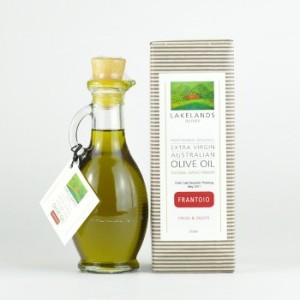 Biodynamic farming of olive oil is thus not just a natural agriculture program but also an effective activity for new thinking and methods in all aspects of lifestyle connected to meals and agriculture. The small, ancient cities that dot the moving mountains of Tuscany have long been the stuff of dreams. The delicacies, your bottles, the olive oil — with a green background and ancient cities, they determine excellent French living. Here the passion for meals with reliability runs high, and it has created irascibly old – designed Lucca the hotbed of a modern type of agriculture that eschews modern techniques. There are more biodynamic farming in Lucca than anywhere else in France and La Fabbrica di San Martino is at the leading edge of this enthusiastic group, generating olive oil, bottles, and sweetie with techniques that would surely surprise the inexperienced.
Biodynamic farming of olive oil is thus not just a natural agriculture program but also an effective activity for new thinking and methods in all aspects of lifestyle connected to meals and agriculture. The small, ancient cities that dot the moving mountains of Tuscany have long been the stuff of dreams. The delicacies, your bottles, the olive oil — with a green background and ancient cities, they determine excellent French living. Here the passion for meals with reliability runs high, and it has created irascibly old – designed Lucca the hotbed of a modern type of agriculture that eschews modern techniques. There are more biodynamic farming in Lucca than anywhere else in France and La Fabbrica di San Martino is at the leading edge of this enthusiastic group, generating olive oil, bottles, and sweetie with techniques that would surely surprise the inexperienced.
 Biodynamic farming is a program of organic farming which has turned out as very successful all over the humankind. Biodynamic techniques improve, revitalize, add to and sustain ground high quality. Cow horns and fertilizer, after hiding together in soil; create the greatest fertilizer to swell on soil. This enhances the framework of the ground considerably and quickly. Good ground framework indicates good water-holding ability that indicates better power, with accordingly less waste of top soil, which indicates better and further degrades and less need for watering, which indicates further ground and more organic infertility. Biodynamic farming, with its well-versed utilize of diverse measures will sustain ground infertility for the upcoming years in a completely organic way. It will carry the rising of a numerous healthy meals.
Biodynamic farming is a program of organic farming which has turned out as very successful all over the humankind. Biodynamic techniques improve, revitalize, add to and sustain ground high quality. Cow horns and fertilizer, after hiding together in soil; create the greatest fertilizer to swell on soil. This enhances the framework of the ground considerably and quickly. Good ground framework indicates good water-holding ability that indicates better power, with accordingly less waste of top soil, which indicates better and further degrades and less need for watering, which indicates further ground and more organic infertility. Biodynamic farming, with its well-versed utilize of diverse measures will sustain ground infertility for the upcoming years in a completely organic way. It will carry the rising of a numerous healthy meals.
